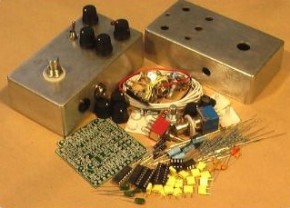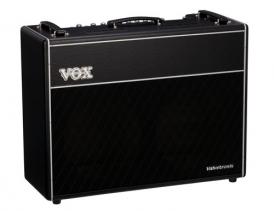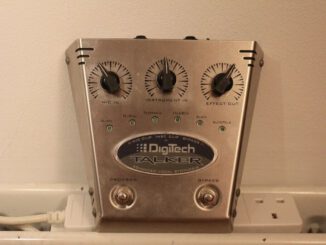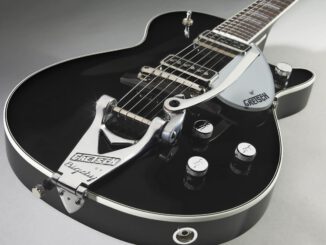 A guitar fuzz pedal can give you the distorted sound that you are looking for, without the need for extra volume. You can build your own pedal with just a few simple tools, and save money by building your own equipment. Here is a step by step guide on how to build a guitar fuzz pedal for your next gig.
A guitar fuzz pedal can give you the distorted sound that you are looking for, without the need for extra volume. You can build your own pedal with just a few simple tools, and save money by building your own equipment. Here is a step by step guide on how to build a guitar fuzz pedal for your next gig.
The first step in creating a guitar fuzz pedal is finding a small amplifier. You can find these in an old radio, such as a transistor radio. Take the amp out of the device, and make sure to save the wiring. You need to be sure the amp is small enough to fit into the pedal that you want to use, as well.
- After removing the amp, you need to remove the output wires that are connected to the amp, the battery connection if there is one, the power switch, and the volume control knob. You will use all of these components later in the project.
- You will need two quarter-inch phono jacks for the next step. At this point, you need to connect the amp to a phono jack, using the wiring that originally connected the amp to the speaker. Take the wires, connect them to the second phono wire and then attach the first phono wire as the input. The phono wires will be attached to opposite sides of the pedal.
- The next step is to create an on and off switch. You can use a simple toggle switch for this step in the process. After you have wired the on and off switch to the power controls you found in the old radio, you are ready to wire the volume controls that you saved to the top of the pedal.
Special ‘How to Build a Fuzz Pedal‘ Tips
You can work with either a wooden box to build your pedal, or you can work with metal. Either of these choices works well, but wood is often readily available and simpler to work with. If you do have a metal project box, then you need to make sure there is a space for the wiring to run through the box to connect your components. You should also carefully secure your phono wires to the sides of the pedal to ensure they don’t get disconnected when you move your pedal.
Building your own pedal box is a simple way to add fuzz or distortion, and can save you hundreds of dollars over a premade pedal.





Be the first to comment